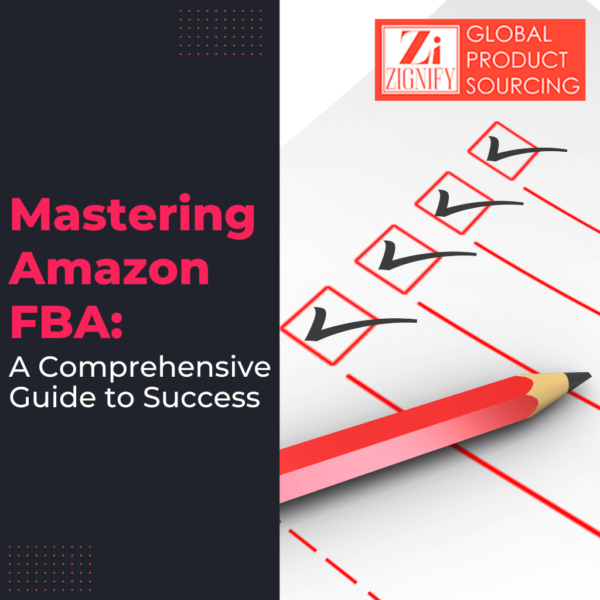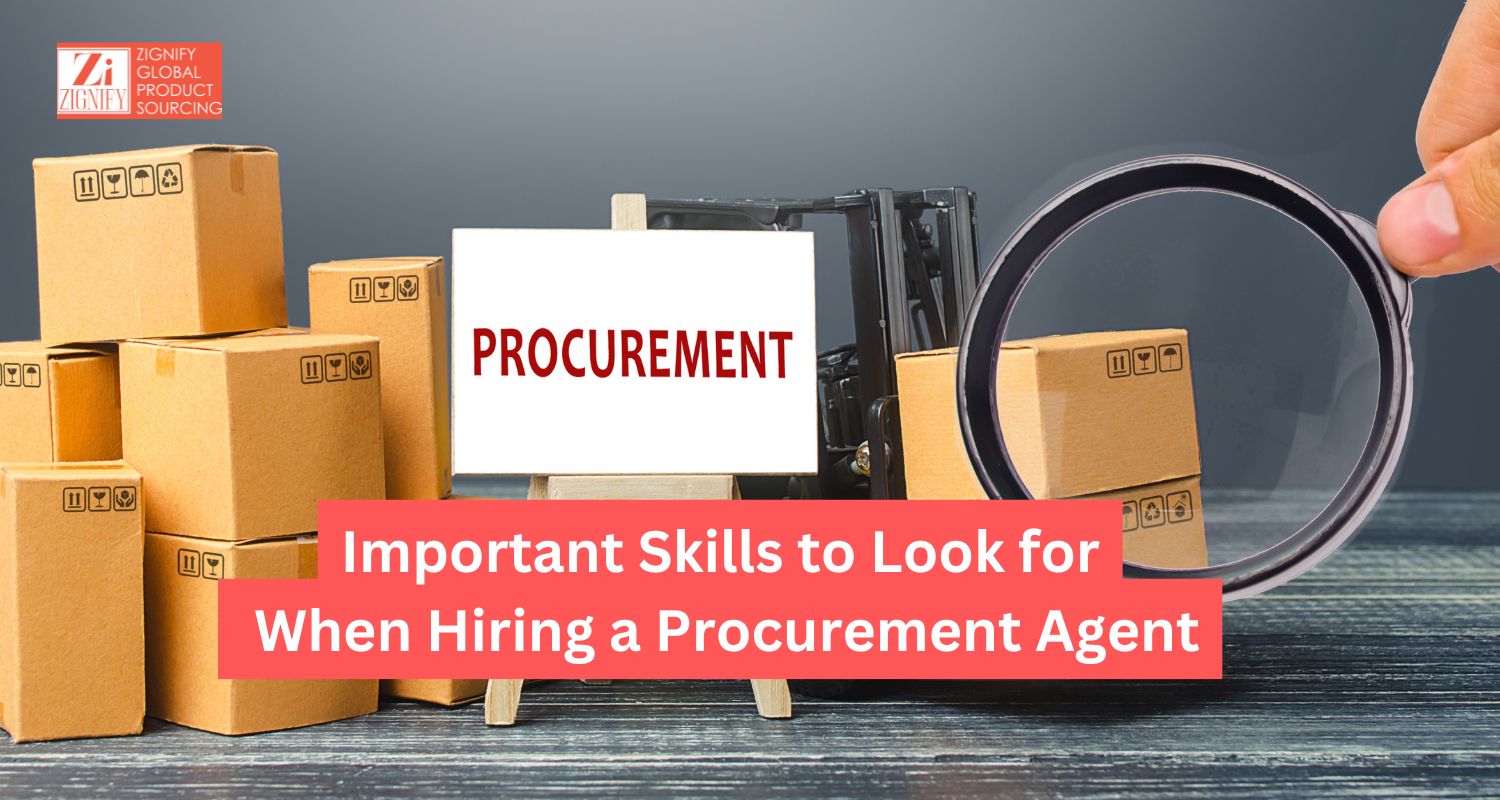
In the ever-evolving landscape of e-commerce, one factor remains constant: the importance of delivering a seamless customer experience. This has led to the rise of various fulfillment methods, each aimed at streamlining the process of getting products into the hands of consumers efficiently. Among these, Amazon FBA (Fulfillment by Amazon) has emerged as a groundbreaking solution that not only simplifies logistics but also provides sellers with a myriad of benefits to thrive in the competitive marketplace.
Unveiling Amazon FBA: Exploring the Basics
What is Amazon FBA?
At its core, Amazon FBA is a fulfillment service offered by the retail giant Amazon. This service allows sellers to store their products in Amazon’s fulfillment centers, from where the products are picked, packed, and shipped to customers by Amazon itself. In essence, FBA transforms sellers into partners with Amazon, leveraging the retail behemoth’s extensive infrastructure to enhance customer satisfaction.
Understanding the Concept of Order Fulfillment
Order fulfillment encompasses the entire process of receiving, processing, and delivering customer orders. Traditional fulfillment methods required sellers to manage these processes themselves, from storage to shipping. However, Amazon FBA removes this burden from sellers’ shoulders, enabling them to focus on core aspects of their business, such as product quality and marketing.
Differentiating FBA from Other Fulfillment Methods
While FBA has gained immense popularity, it’s crucial to distinguish it from other fulfillment methods, notably FBM (Fulfillment by Merchant). FBM involves sellers handling the entire fulfillment process, including shipping and customer service, without Amazon’s direct involvement. FBA, on the other hand, places the fulfillment process in Amazon’s capable hands, offering benefits like Prime eligibility and access to Amazon’s customer base.
How Does Amazon FBA Work? A Step-by-Step Breakdown
The FBA Process: From Shipping to Customer’s Doorstep
The journey of an FBA order starts with a customer placing an order on Amazon’s platform. Once the order is confirmed, Amazon’s system prompts the nearest fulfillment center to pick, pack, and ship the product. Amazon’s advanced logistics ensure prompt and reliable delivery, enhancing the overall customer experience.
Setting Up Your FBA Account and Product Listings
Getting started with FBA requires creating an Amazon seller account if you don’t already have one. Once registered, you can opt to use FBA for your products. This involves listing your products with the FBA option, indicating which products you want Amazon to fulfill. Clear and accurate product listings are essential to provide customers with detailed information about your offerings.
Preparing and Packaging Products for FBA
Proper packaging is paramount to ensure products reach customers undamaged. Amazon provides specific guidelines for packaging, including requirements for labeling, box size, and protective measures. Adhering to these guidelines helps prevent potential issues during the fulfillment process.
Shipping Logistics and Inventory Management
Amazon’s fulfillment centers are strategically located to facilitate efficient shipping across regions. As a seller, you’ll need to send your products to these centers, either through Amazon’s partnered carriers or by using your own logistics. Effective inventory management is essential to avoid stock outs and ensure a steady supply of products to meet customer demand.
Calculating the Costs: Understanding FBA Fees and Expenses
Understanding the financial aspects of Amazon FBA is crucial for making informed decisions about your products and pricing. FBA fees encompass various charges that can impact your profitability.
Breakdown of FBA Fees: Fulfillment, Storage, and More
FBA fees consist of fulfillment fees, storage fees, and other potential charges. Fulfillment fees cover picking, packing, and shipping your products. These fees vary depending on factors like the size and weight of your items. Storage fees come into play if your products remain in Amazon’s fulfillment centers for an extended period. These fees are influenced by the volume of your inventory and the time it spends in storage.
Tools for Estimating FBA Costs and Profitability
To make informed decisions about product selection and pricing, you can leverage various tools provided by Amazon. The Amazon Revenue Calculator allows you to estimate your net profit after accounting for fees. This tool considers your product’s category, size, weight, and other variables to provide an accurate projection of your earnings per sale. By using this tool, you can fine-tune your pricing strategy to ensure a healthy margin while remaining competitive.
Evaluating the Financial Viability of FBA for Different Products
Not all products will yield the same level of profitability with FBA. Consider the balance between fees and product pricing for each item in your catalog. High-margin products that are well-suited for FBA’s fast and reliable shipping can often absorb the associated fees more effectively. On the other hand, low-margin or heavy items might require a more nuanced strategy. By evaluating the potential return on investment for each product, you can make strategic decisions about which ones to enroll in the FBA program.
Avoiding Common Pitfalls: Challenges and Solutions with FBA
While Amazon FBA offers numerous benefits, it’s not without its challenges. Being aware of potential pitfalls and having strategies in place to address them is essential for maximizing success.
Dealing with Long-Term Storage Fees
Long-term storage fees can catch sellers off guard if not managed properly. Amazon assesses these fees on products that have been in their fulfillment centers for an extended period, typically six months or more. To mitigate these charges, monitor your inventory regularly. Implement a proactive approach to sales and promotions to move inventory before it becomes subject to long-term storage fees. Consider strategies such as bundling, offering discounts, or adjusting your marketing efforts to boost sales of slower-moving items.
Navigating Peak Seasons and Holiday Rushes
Peak seasons and holiday rushes present both opportunities and challenges for FBA sellers. While sales can surge during these periods, so can the pressure on your inventory and fulfillment processes. Prepare for these spikes by forecasting demand and adjusting your inventory levels accordingly. Communicate with Amazon’s support to stay informed about their peak season guidelines and recommended inventory adjustments. Leveraging the increased demand during these periods can drive substantial revenue, but it’s crucial to manage inventory effectively to meet customer expectations.
Mitigating the Risk of Commingling and Counterfeit Products
Commingling is an aspect of FBA that can inadvertently lead to issues with authenticity and quality control. Commingling occurs when identical products from different sellers are mixed together in Amazon’s fulfillment centers. While this practice aims to streamline operations, it can lead to customers >receiving products that do not meet their expectations. To mitigate this risk, consider using Amazon’s Stickerless, Commingled Inventory (SCI) settings judiciously. Additionally, prioritize creating a unique and distinguishable packaging or branding for your products to ensure they are easily recognizable.
This comprehensive guide aimed to delve into the intricacies of Amazon FBA, from the basics to advanced strategies
Staying Informed: Keeping Up with FBA Policies and Updates
As you navigate the dynamic world of Amazon FBA, staying informed about its policies and updates is paramount for long-term success.
Adapting to Evolving FBA Policies and Guidelines
Amazon’s policies are ever-evolving to ensure a fair and transparent marketplace. Keep a watchful eye on Amazon’s official Seller Central updates and announcements to stay ahead of any policy changes. Adapting swiftly to these changes not only ensures compliance but also preserves your eligibility for FBA benefits. Staying informed allows you to make proactive adjustments to your products and strategies, aligning your business with Amazon’s latest standards.
Utilizing Amazon’s Resources for FBA Sellers
Amazon equips sellers with a range of resources within Seller Central. Leverage these tools to monitor sales, track inventory, and address customer feedback. Stay updated on educational materials, such as webinars and guides, to refine your FBA expertise.
But that’s not all—Zignify has teamed up with industry partners who offer additional support and resources for FBA sellers. By partnering with these experts, you can access valuable insights and bonus opportunities to optimize your FBA journey.
Incorporating Changes for Sustained Success in the Amazon Marketplace
Understanding Amazon’s resources and adapting to policy changes equips you to build a strategy for sustained success. Regularly audit your FBA operation and implement lessons learned from policy changes and resources. Fine-tune your product listings, pricing strategies, and inventory management techniques. By weaving these insights into your approach, you foster adaptability and maintain a competitive edge in the ever-evolving Amazon marketplace.
Anticipating the future trends of Amazon FBA is vital for positioning your business to thrive amidst emerging opportunities.
Embracing Technology and Automation in FBA Processes
Incorporating technology into FBA operations is key to efficiency and scalability. As the landscape evolves, consider adopting inventory forecasting software, AI-driven pricing optimization, and more. Zignify’s partners, such as Carbon6, Fulshipment GmbH and Alaiko, offer advanced fulfillment solutions that integrate seamlessly with FBA. These partners employ cutting-edge technology to optimize business flow, packaging, and shipping, freeing you to focus on growing your business.
FBA’s Role in the Broader E-commerce Landscape
FBA’s impact reverberates beyond Amazon’s realm. The emphasis on seamless shopping experiences and efficient fulfillment has set a new standard for e-commerce globally. These expectations transcend platforms, emphasizing the importance of prioritizing customer satisfaction, shipping reliability, and quality service across various marketplaces. As you embrace FBA, keep in mind the broader implications it has for the e-commerce landscape as a whole.
Embrace the opportunities that Amazon FBA offers by staying informed, and anticipating future trends. These partners provide a wealth of resources, insights, and exclusive benefits to enhance your FBA journey. To explore our partnerships and unlock bonuses, discounts, and more information, visit our Partner Page today!




